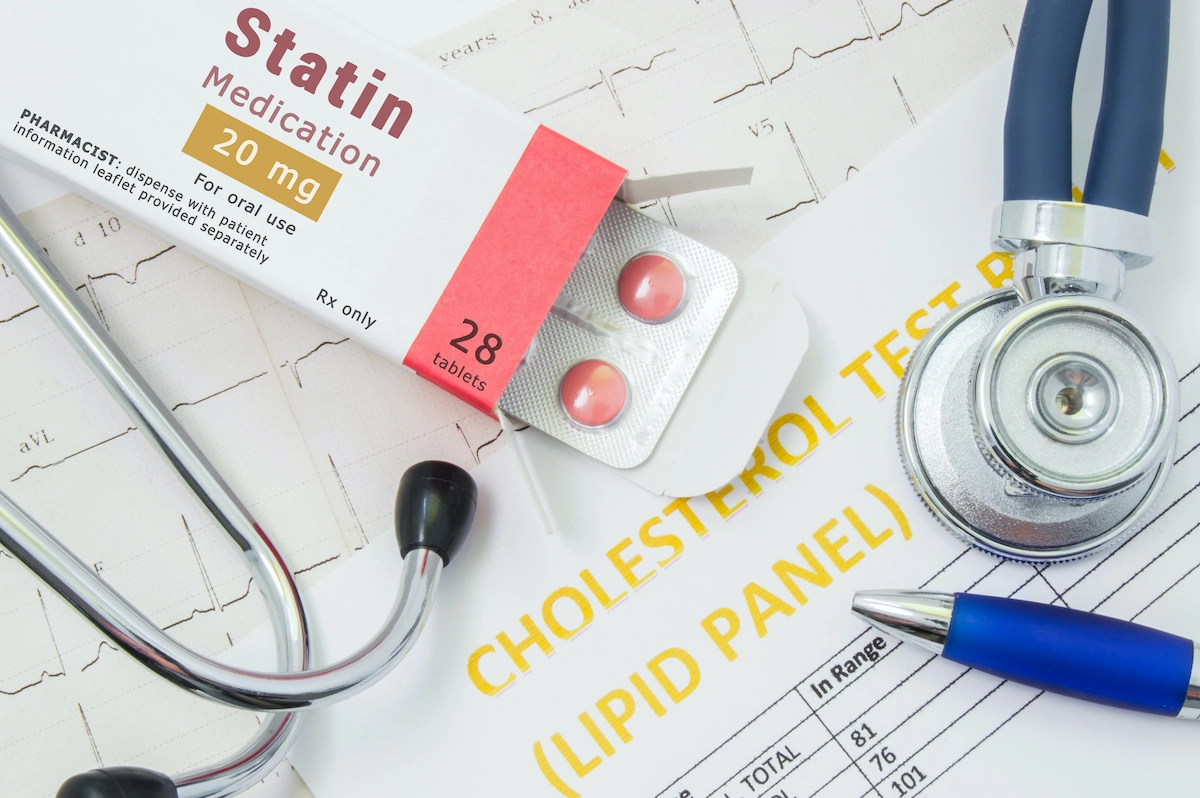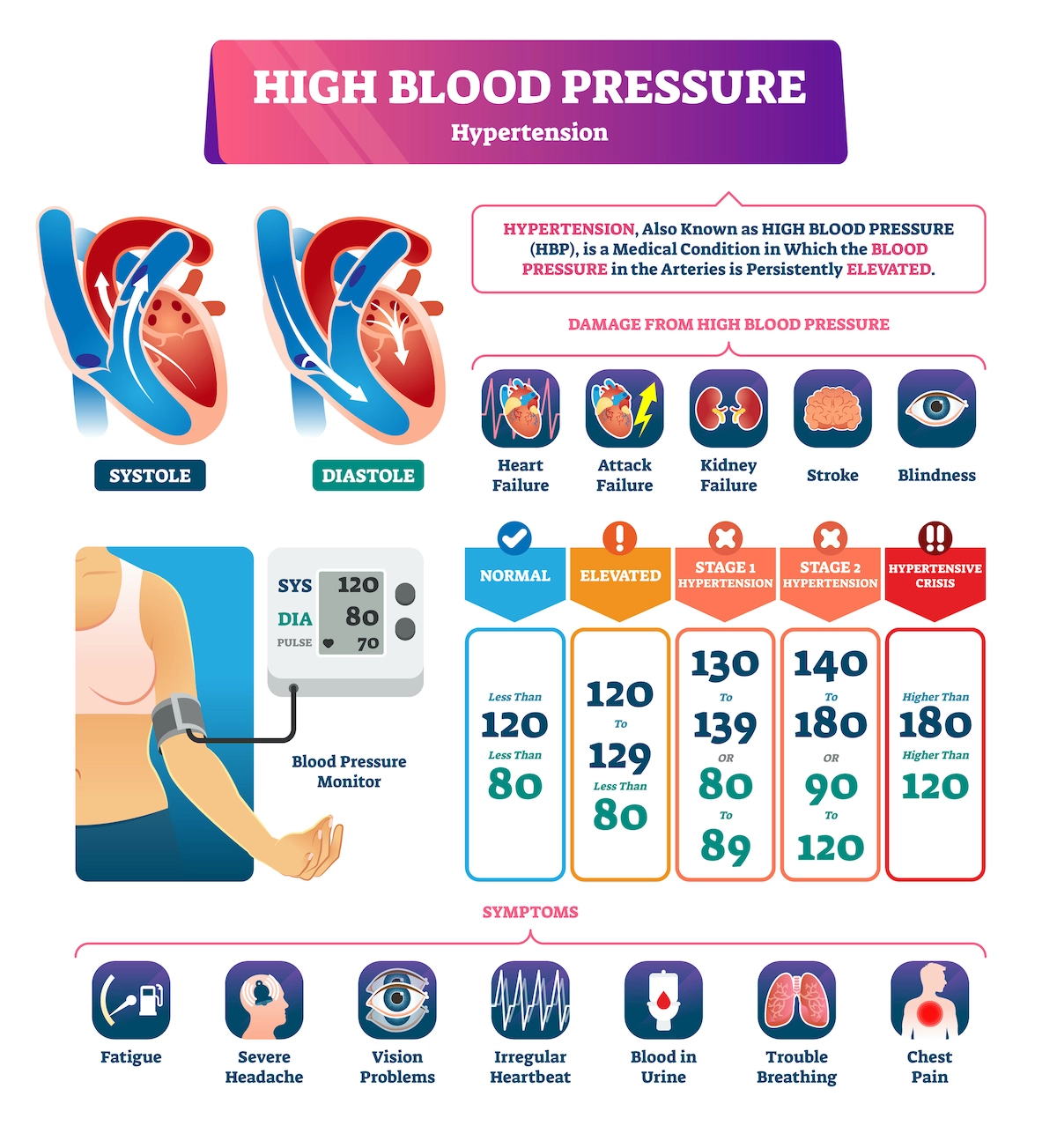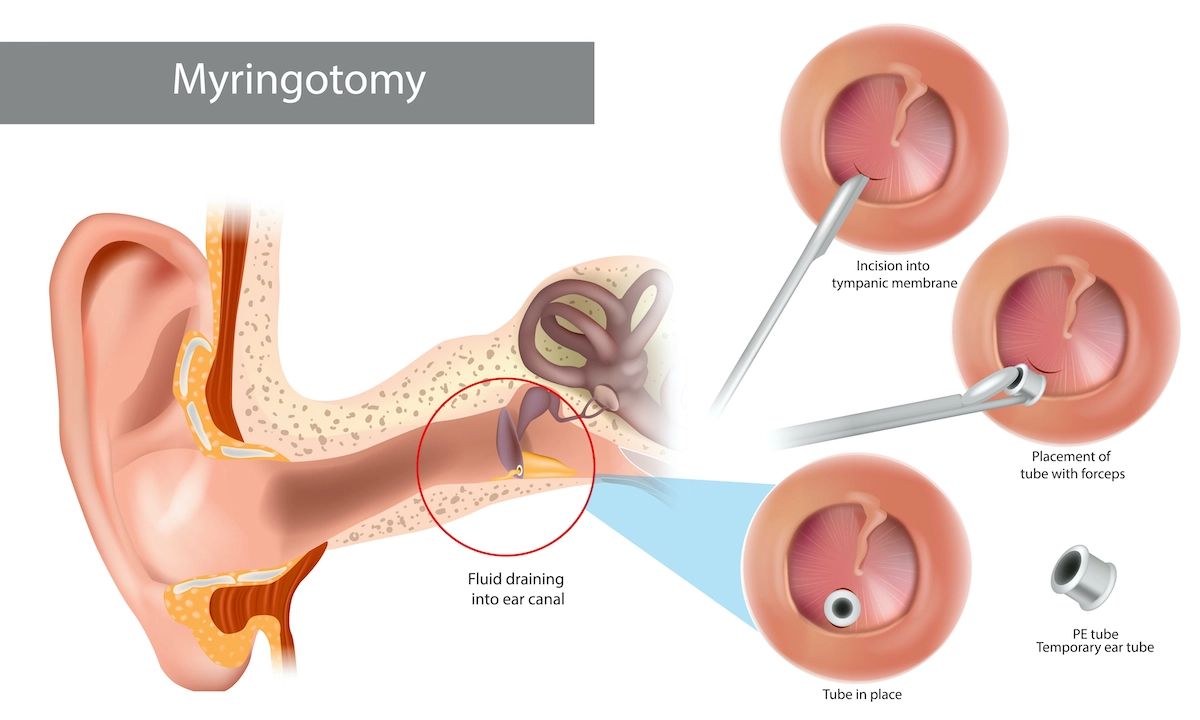
- A new study found that people on statins who are worried about exercising due to fears about potential muscle damage need not worry.
- After moderate exercise, the muscles of statin-taking participants and control participants in the study felt about the same.
- However, high-intensity exercise for statin users is not recommended.
A new study provides encouragement for people on statins who are afraid to exercise for fear of causing muscle damage. Some people on the cholesterol-lowering drug report experiencing muscle issues and may forgo physical activity that is important for their cardiovascular health.
The study finds that statin users, whether they do or do not have muscle problems, experience the same muscle-related effects from moderate-intensity exercise.
After such exercise, temporary muscle pain and fatigue are common for anyone. This is also true for people on statins. Study participants who took statins, however, took a little longer to recover than did people in the study’s control group. This study investigated the effects of moderate-intensity exercise. Other research has cautioned that high-intensity, exercise carries a greater risk of skeletal muscle injuries for people on statins.
The recent findings appear in the Journal of the American College of Cardiology. The paper is accompanied by an editorial that underscores the importance of the study’s findings for the cardiovascular health of statin patients.
What are statins?
Statins are a family of medicines that can lower the level of low-density lipoprotein (LDL) cholesterol, or “bad cholesterol,” in a person’s blood.
Currently, statins are the most effective treatment for hyperlipidemia [ high cholesterol] and a major treatment after a heart attack. They are important treatments to prevent recurrent heart attacks and strokes. Further noted that statins have been a major reason that heart disease and strokes have reduced significantly since their introduction in the early 1990s. Their effects are large enough to reduce all-cause mortality in adults with even mild heart disease.
Exercise intensity matters
While the researchers found that recovery time from post-exercise muscle weakness was longer in statin users compared to the control group, otherwise the effects of exercise were the same in all groups.
The study also tracked levels of CoQ10 in participants. CoQ10 has been implicated as a possible factor in statin muscle problems. However, the researchers found no difference in CoQ10 levels among the three groups, nor was it related to muscle performance, reported muscle issues, or injury markers. The study authors caution that their method of measuring CoQ10 in leukocytes may not be sensitive enough to reveal small, but potentially meaningful, differences.
Statin-associated muscle symptoms
Muscle problems reported with taking statins are collectively referred to as “SAMS,” which stands for “statin-associated muscle symptoms.” These include myalgia, cramps, and perceived muscle weakness.
Some patients who might benefit from statins refuse to take them, or decline to take prescribed dosages, due to concerns about SAMS. There is some controversy regarding how common an experience SAMS are. The American College of Cardiology says that the incidence of SAMS is low in randomized controlled trials, yet much higher in clinical observation studies. One study of former statin users reported 62% of them quit the drug due to side effects.
According to the National Lipid Association (NLA), research suggests the actual incidence of SAMS is about 10%, with different studies finding its frequency among statin users ranging from 5% to 25%.
While the symptoms reported by patients are real, 80% are not caused by statins, says the NLA.
It’s concluded that doctors must properly educate patients on what SAMS typically present as so patients can be more aware of what to look out for.
Why physical activity is ‘very important’
With widespread, arguably exaggerated, reports of SAMS, some people who take statins are concerned about the safety of exercising.
Why this is concerning: Study authors explain that the combination of statin therapy and physical fitness lowers mortality risk more than either strategy alone. Patients that are prescribed statins generally have more risk factors for cardiovascular diseases, so for these patients, a healthy lifestyle, including being physically active, is very important.
Solid, previous research demonstrated statin users can safely engage in a 12-week moderate-intensity exercise program that improves muscle performance without exacerbating muscle symptoms.
Exercising on statins: Recommendations
Cardiologists summed up the current recommendations for people on statins.
- Patients should continue to take their statins at their maximally tolerated dose after discussion with their healthcare providers, and should implement a regular exercise program, with preference to a moderate-intensity exercise program.
- 150 minutes of moderate exercise each week, the same recommended amount of exercise for people who do not take statins.
- People taking statins should avoid high-intensity exercise, which can raise muscle enzymes to higher levels that can produce muscle damage.
- Also, patients should contact their doctors if they develop fevers, chest pain, shortness of breath, lightheadedness, severe muscle aches/ pains, dark urine, muscle swelling, nausea, vomiting, severe weakness, or malaise.
Source: Excerpted from the article at https://www.medicalnewstoday.com/articles/statin-users-moderate-exercise-is-safe-even-in-those-with-muscle-pain
Statin alternatives
A person who cannot tolerate statins can consult their doctor about trying a different drug. The doctor may recommend one of the following:
- ezetimibe, a drug that reduces cholesterol absorption.
- fibrates, which lower triglyceride levels and increase high-density lipoprotein (HDL) cholesterol.
- nicotinic acid, which raises HDL cholesterol.
- bile acid sequestrants, a group of drugs used to treat high cholesterol and raise HDL cholesterol.
- proprotein convertase subtilisin/kexin type 9 inhibitors, which lower low-density lipoprotein cholesterol.
These drugs are not a direct replacement for statins, and each has different uses. A person may need to take more than one of these drugs or take them alongside statins to reduce their cholesterol levels.












